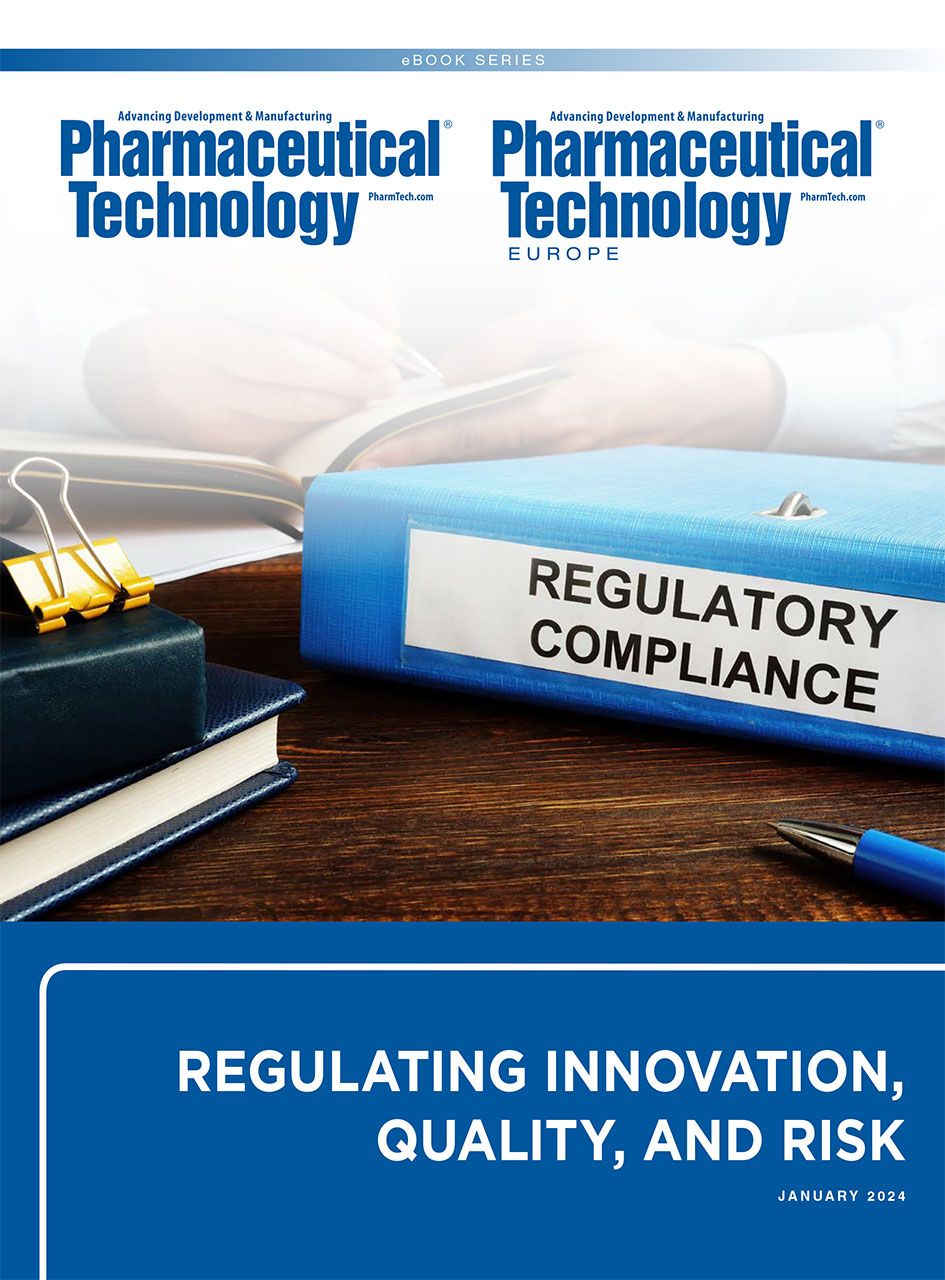ICH Q9: Attaining a Quality-Business Synergy through Quality Risk Management, ROI Analysis, and Highly Capable Facilities
This paper explores the relationship between investing in pharmaceutical manufacturing risk reduction and meeting business objectives.
Risk Management and Assessment for Business Investment Concept. Modern graphic interface showing symbols of strategy in risky plan analysis to control unpredictable loss and build financial safety.| Image credit: Summit Art Creations - stock.adobe.com

Manufacturing performance determines quality of outputs. When a company experiences significant manufacturing performance issues, improvements to production design are typically needed.Many industries have demonstrated the value gained from improving manufacturing capabilities, from both quality and business perspectives. However, in the pharmaceutical industry, the business costs and benefits that distinguish manufacturing choices are not always sufficiently understood and described when design options are weighed. When unreliable operations are used to produce medicines, the consequent lower assurance of quality can impact multiple stakeholders, including but not limited to manufacturers, the healthcare system, patients, and governments.To support selection of appropriate manufacturing technologies in accord with the principles of ICH Q9(R1) Quality Risk Management, the pharmaceutical industry would benefit from wide adoption of comprehensive models that better quantify the business benefits of investing in quality.
This paper provides key insights from an extensive literature analysis and discusses the clear business case established by non-pharmaceutical industries for avoiding unreliable operations due to the risks they pose to both quality and business outcomes.
Read this article in the Pharmaceutical Technology/Pharmaceutical Technology Europe Regulating Innovation, Quality, and Risk eBook
About the authors
Rick L. Friedman, MS, is Deputy Director for Manufacturing Quality, FDA Center for Drug Evaluation & Research. David Lebo, PhD is Professor of Pharmaceutics, Temple University School of Pharmacy. Lawrence Liberti, PhD, BPharm, RAC, is Director, The University of Southern California (USC) DK Kim International Center for Regulatory Science, and GK Raju, PhD is Light Pharma CEO, and Research Affiliate, Massachusetts Institute of Technology.
Article details
Pharmaceutical Technology/Pharmaceutical Technology Europe Regulating Innovation, Quality, and Risk eBook
Issue 1
January 2024
Pages: 30-45
Citation
When referring to this article, please cite it as Friedman, R.L.; Lebo, D.; Liberti, L.; Raju, GK. ICH Q9: Attaining a Quality-Business Synergy through Quality Risk Management, ROI Analysis, and Highly Capable Facilities. Pharmaceutical Technology/Pharmaceutical Technology Europe Regulating Innovation, Quality, and Risk eBook January 2024.
